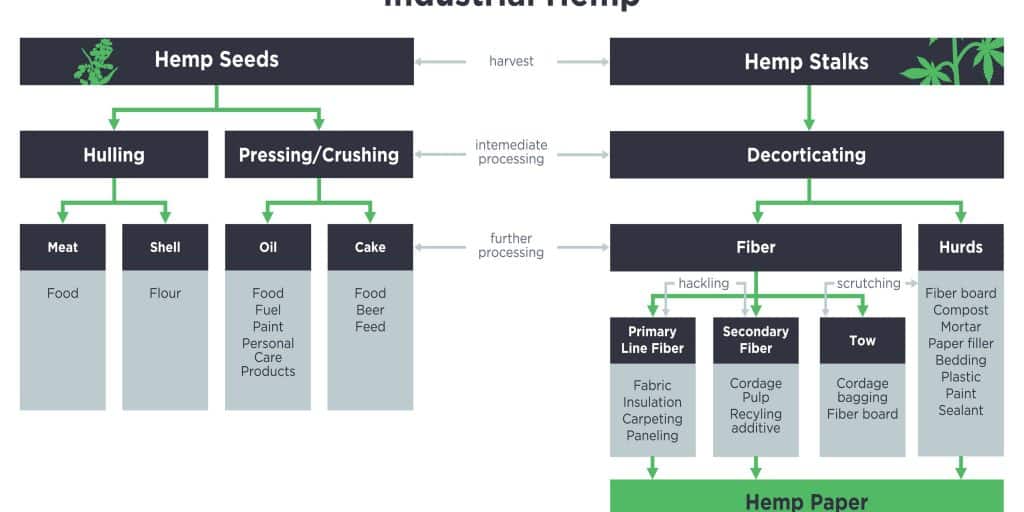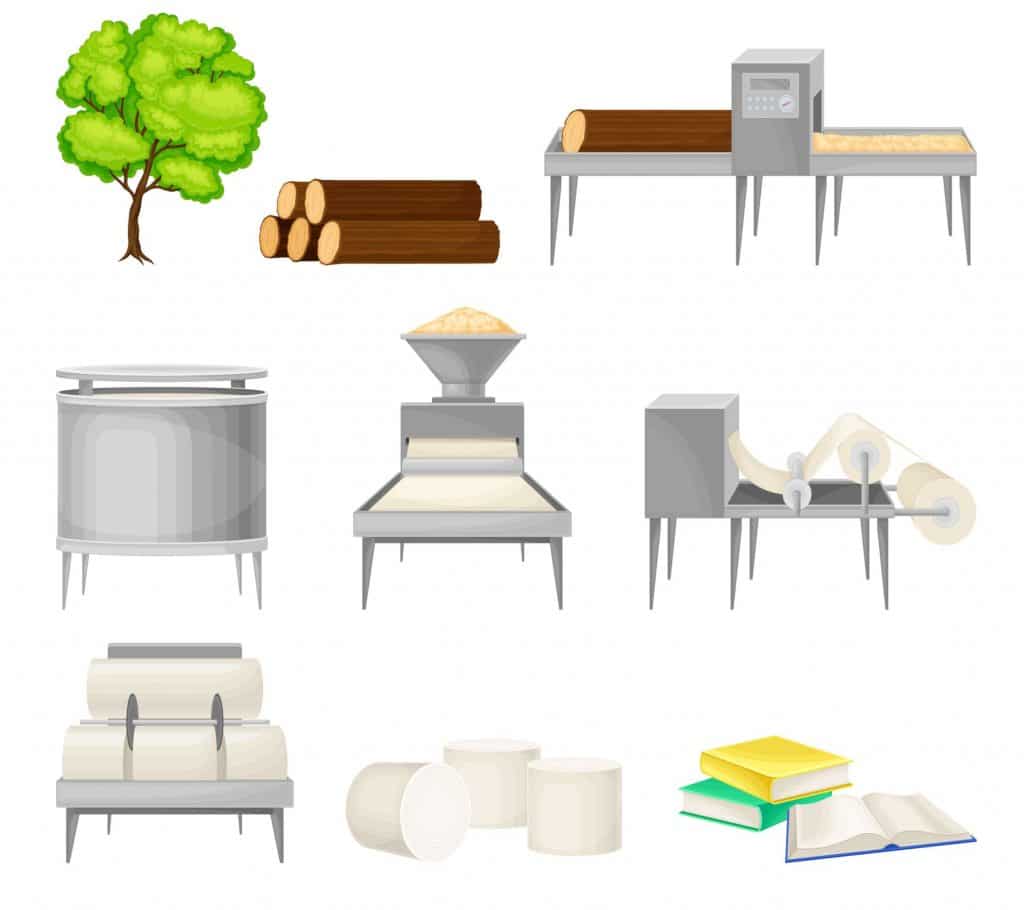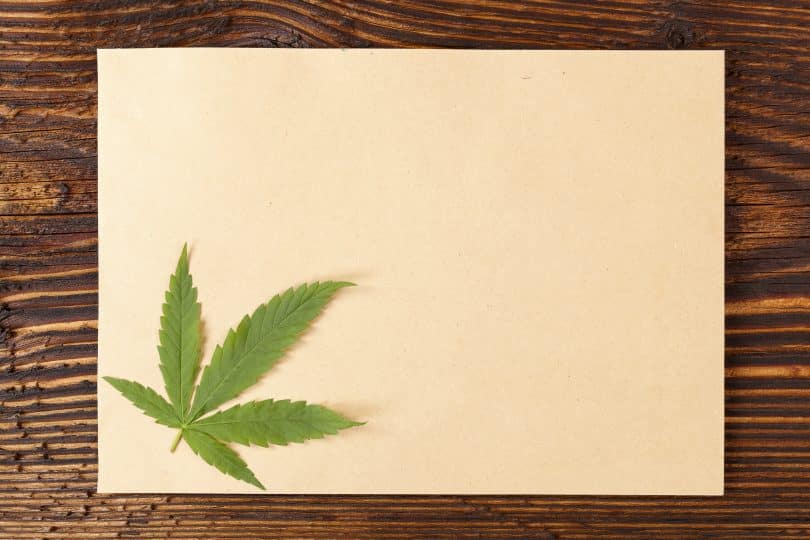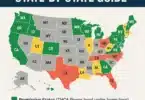By now, we know that hemp can be used in place of many things, like plastic, paint, and cement; for which it offers an environmentally safer option. Apart from plastic, paint, and cement, there are another couple places where hemp fits in as a better option to current standards. Hemp for gasoline is one, and the other is hemp paper. Hemp paper has been around for centuries, and creates a superior product to wood paper; which begs the question, when will the world switch over to hemp paper, and stop cutting down trees?
Hemp paper stands as a great way to reduce waste and deforestation issues, but gaining a production market takes some time. Hopefully we’ll see more of a switchover in the future. Our 100% independent news publication focuses on stories in the growing cannabis and psychedelics spaces. We provide the Cannadelics Weekly Newsletter for readers to stay updated, and offer tons of deals for a range of products, from smoking devices to cannabinoid products like HHC-O, Delta 8, Delta 9 THC, Delta-10 THC, THCO, THCV, THCP & HHC. You can find deals in our ‘best of’ lists, for which we ask you only buy products you are comfortable with using.
What is hemp paper
Hemp paper is what it sounds like; paper made from hemp, rather than from trees. The paper is made from the pulp of industrial hemp fibers, and is good for all different kinds of paper products, from toilet paper, to cigarette papers, to packaging materials. Hemp offers 4-5 times the length of fiber from wood, with a lower lignin fraction, a higher resistance to tearing, and greater tensil strength.
Though everything mentioned above indicates hemp as a better option for paper, as the industry is set up around wood already – including all manufacturing processes, its currently cheaper to make wood paper since the infrastructure is already there. This is always the issue when something new comes out, and sometimes a slow market switchover is less about establishing new production infrastructure, than the desire of corporations not to lose their revenue stream by having a product other than theirs, take over their market.
Hemp isn’t the only other natural material that’s been used for paper in history. Let’s not forget that the Egyptians used papyrus, which is made from the pith of the papyrus plant. Much like hemp, papyrus is very versatile, and back in ancient Egypt, it was also used to make mats, clothing, baskets, and boats, among other applications. Papyrus is not widely grown outside of that region, however, and is therefore not a raw material we focus on right now.

A little bit of hemp paper history
Hemp paper is most certainly not a new invention, and actually goes back way farther than our commonly-used wood paper. In fact, artifacts of hemp paper date back to over two thousand years ago, to the early Western Han Dynasty, which was actually some 200 years before the industry really began.
When processes were improved on by Cai Lun some 200 years later, the paper was made from old hemp rags and clothing. This practice of recycling other hemp products to make the paper, went on for much of the hemp paper-making of history. By the 6th century AD, these hemp paper making processes spread to South Korea and Japan, which already both had long-standing histories with cannabis.
Europe was later to get into hemp paper, with the practice spreading to that area by the 13th century, by way of the Middle East. Germany adopted its use in the 14th century. In Russia in 1818, the Goznak paper mill opened in St. Petersburg, which used mainly hemp for the production of watermarked paper, like bank notes, stamped paper, credit bills, postal stamps, bonds, and stocks.
Wood didn’t come into the equation until the 19th century. Around then, wood pulp production also started, but not because it posed a cheaper method. What it did do, was pose a more convenient method, in that there were plenty of trees all around that didn’t need cultivating, and could be used immediately.
In the US, two scientists in the Department of Agriculture – Lyster Hoxie Dewey and Jason L. Merrill – created a paper from hemp pulp in 1916, and said of it that hemp paper is “favorable in comparison with those used with pulp wood.” By 1943, things had changed enough that when Dewey went on to write a book about hemp and other materials for raw fibers, he made no mention of its use for paper.
One of the big instigators of the ending of the hemp paper industry, was simply all the bans put on cannabis in the 1900’s, which essentially illegalized the practice in many places. Though I could write a whole paper on why this happened, there is much evidence that William Randolph Hearst had a major part in it, as he was a newspaper publisher who used wood paper, and who wanted no hemp competition.

How does hemp paper stack up against wood paper?
Both hemp and wood are good raw materials to make paper. The main constituent of paper is cellulose, for which dried hemp provides 57% compared to wood’s lower 40-50%. Remember that term mentioned earlier, ‘lignin content’? That term refers to a compound which must be removed through chemical processing, regardless of which plant is used. So having less of this compound means less of this chemical processing. Hemp has a lower 5-24% compared to wood’s 20-35%.
Now remember that statement that hemp has a longer fiber length? This means hemp produces 3-4 times the fiber per hectare yearly than a forest. Plus, hemp requires no pesticides or herbicides. Though trees are more convenient when already grown, in terms of growing hemp vs a tree, it’s a difference of 3-4 months for hemp vs 20-80 years for a tree. Hemp paper also doesn’t require bleaching, like wood paper does, meaning less chemicals used in processing.
Another interesting difference is that wood paper can only be recycled up to three times, whereas hemp paper can be recycled up to eight times. Hemp paper is also more resistant to decomposition and page yellowing, things that wood paper falls prey to. And though they both pose an issue for deforestation, hemp can be grown in non-forest areas, whereas cutting down trees will always result in deforestation.
How much paper do we use?
We like to think of ourselves as way more paperless than we used to be. After all, we send emails over writing letters, get bills and bank statements online, and write our reports on computers, rather than notebook paper. But this doesn’t mean we don’t use as much paper, and sometimes we use it in places that are not immediately thought of. Like toilet paper, or the paper used for packaging materials. Think of junk mail, grocery bags, paper towels, and napkins.
Here are some of the unsettling facts of today’s paper industry. For one, according to The World Counts, paper products make up 25% of what we put in landfills, and 33% of municipal waste. 1/3 or more of this is related to packaging materials. As each kilo of paper requires 324 liters of water for production, recycling each ton of paper, saves 26,500 liters of water, 17 trees, and 682.5 gallons of oil…yup, oil. (Oil is used to power boilers, cogeneration, process heating, and drive power – which are necessary for paper production.)
Offices in the US use approximately 12.1 trillion sheets of paper a year, even in our paperless world. And just one printing of the Sunday New York Times will take out 75,000 trees. In fact, our world isn’t paperless at all, and demand is actually expected to rise exponentially by 2030.

Between the years 2001-2019, a massive 386 million hectares of forest globally was cut down for paper products. This decreases overall trees in the world by almost 10% since 2000. Every 15 seconds, 199 tons of paper are produced.
For a visual idea of some of this, consider that if all yearly paper waste was put together, you could build a 12 foot wall from California to New York. And the 42 million tons of toilet paper produced yearly, is 50,000 times the circumference of our own planet earth. That’s a lot of waste!
Conclusion
With the hemp industry growing, and tons of applications for it, there’s a great chance that we’ll return to our earlier, less environmentally-wasteful roots, and re-employ the use of hemp for paper products. For those interested now, check out the options available for your business or needs, as there are producers and suppliers already getting into it, particularly out of China which has a large hemp paper market. And remember, any step in the direction of hemp, is a step in the direction of a much cleaner environment.
Thanks for stopping by. We appreciate you joining us at Cannadelics.com, a top web offering for current and independent news covering the exciting cannabis and psychedelics fields of today. Give the site a read-thru frequently to stay updated, and head over to the The Cannadelics Weekly Newsletter, to ensure you’re never late on getting a story.







